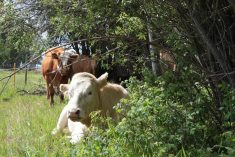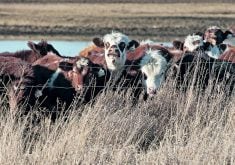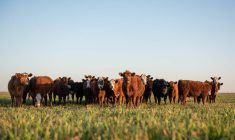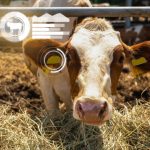It is worthwhile to discuss ways to recognize, treat and prevent rectal and anal injuries in livestock. They are rare, but occur often enough to warrant a review in case producers or veterinarians encounter them in cattle or other animals.
The causes are many and varied but some preventive measures may be obvious.
Depending on severity, treatment may vary from emergency slaughter to just leaving animals alone to heal. There may be alternative treatments in some cases, though this is a complicated health topic.
Read Also
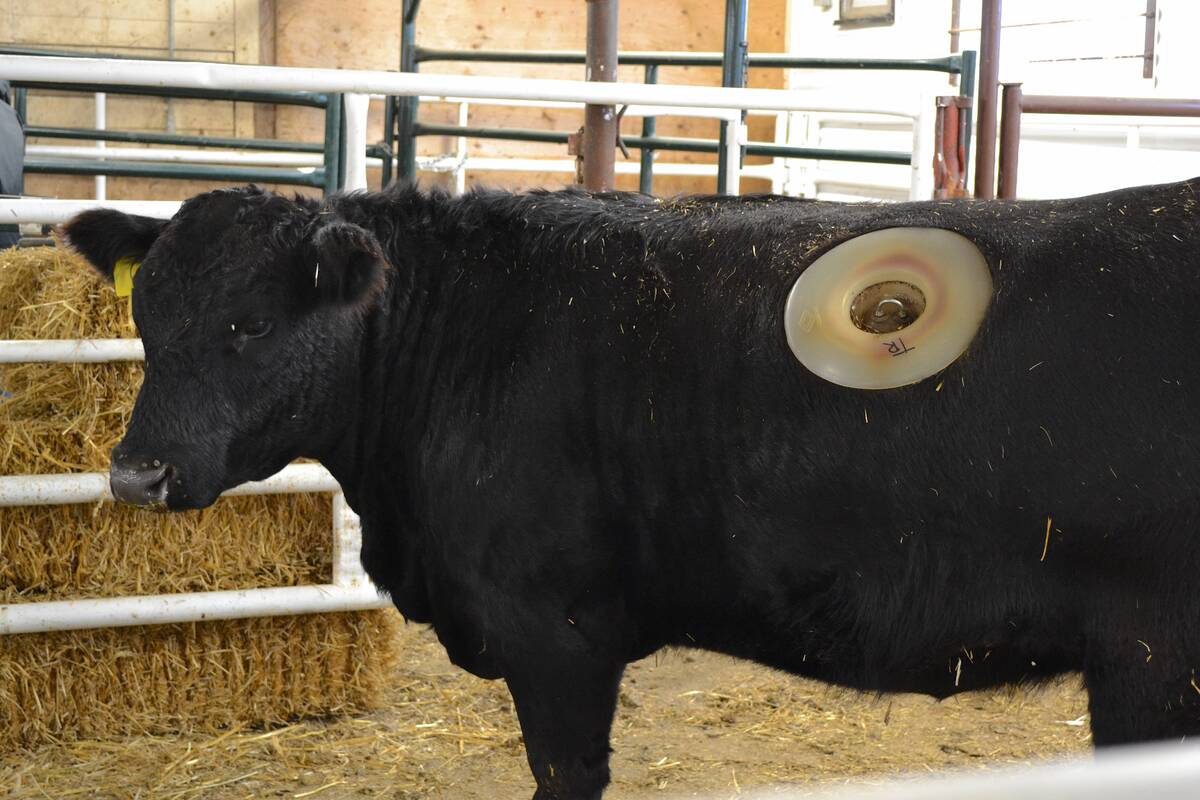
Lakeland College studying livestock wellness through cannulated heifers
Lakeland College’s Applied Research Team is working with six cannulated heifers on a handful of research projects.
Many rectal tears involve rectal palpation, either manually or with an ultrasound probe, or occur during semen evaluation with a rectal probe. Rectal prolapse and straining can lead to fracture and tearing of the inner rectal mucosa or lining. Calving with dystocia and pulls, especially with backward calves, can lead to rectal tearing.
With minor tears, especially those to the soft inner layer of the rectal areas, there may be a bit of blood, but usually such tears go unnoticed and heal on their own.
Be gentle
In veterinary school they always taught us to be especially gentle when palpating mares. The same holds true for llamas or alpacas, but we must also be cognizant of cattle.
That is especially true if contents are dry, and in cows that strain a lot, but also in heifers because there is not as much movability with the inside attachments of the colon. Veterinarians are aware of this. The rest comes from experience.
I have had two instances in palpating when my entire hand went into the abdomen of a cow. One was when a wild heifer jumped suddenly and my hand was free in the abdomen while preg-checking. We slaughtered that one immediately.
The other was when the contents were very dry, and while evacuating the rectum of really dry manure, my hand slipped through. I was able to suture the hole with no ill consequences.
In similar bad situations, emergency slaughter can be a viable option as long as no medication has been given.
Care with ultrasound
The newer ultrasound probes or arm extensions can also inadvertently cause rectal tears. Veterinarians and ultrasound technicians should use lots of lubricant when the manure is very dry and a lot of manure should be evacuated before probing.
I have seen instances of very dry manure in elk, which is normal, and of course horses have drier manure than cattle, so ultrasound arms should not be used in these species. Rectal palpation or ultrasound in the hand should be used instead, after first evacuating the manure.
Using lubricant with semen-evaluation probes and easing the probe in and out, with no ramming motion, should prevent rectal tears in bulls. Damage is rare but can occur when a bull goes down or thrashes in the chute while the rectal probe is in. Investigate when you see much blood from the rectum.
Calving problems
Difficult calving can also result in rectal tears. This is especially true with a breech or backward calf when the tail flips up. This can lacerate through the vagina and potentially into the rectum. On a tight forward presentation, the calf’s nose will sometimes start to push up into the rectum and this must be corrected.
Foals, on delivery, can get a front leg up through the rectum, causing a rectal vaginal fistula that can require surgery to correct. Otherwise further reproductive potential is lost.
Keep all these examples in mind during parturition. With straining cows and mares, remember to evacuate the manure in the rectum, which allows more room for the fetus to move out of the vagina.
Rectal tears can be serious, leading to infection, lost reproductive capability and even death. Minor ones heal with no consequences but scarring may make affected animals susceptible to tearing again, so record cases as a reminder to be cautious or even avoid doing a rectal exam.
For semen evaluation, smaller probes or light massaging can be used to get a sample. Whenever we find or create a rectal tear, think about how to avoid it in future. NSAIDS can be given under the guidance of a veterinarian, keeping slaughter withdrawals in mind.




